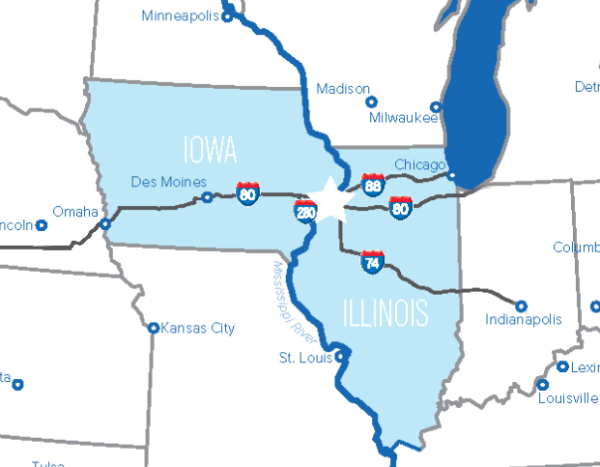Still, there are storm clouds on the horizon. Concerns about disruptions caused by the continuing pandemic have weighed heavily on forecasts going forward. Though there are many, the major concerns regard coronavirus variants, supply chain disruptions, labor supply issues and the potential for inflation.
The emergence of strong coronavirus variants has caused great concern among workers and employers. During most of the second quarter, cases fell in the nation and region, as vaccination uptake grew. However, toward the end of the quarter, as the Delta variant took hold, the trend reversed, and case rates began to increase. Especially important for labor markets, “breakthrough” infections of previously vaccinated individuals began to increase (although breakthrough cases tend to be much less serious). This implies that the vaccination program may not offer as much immunity as once thought.
In terms of supply chain issues, the Institute for Supply Management has reported that more than half of the firms it surveyed reported some disruption in supply chains, with longer lead times for deliveries and inabilities to secure necessary inputs to the production process. Though surveys later in the pandemic cycle have indicated that firms are adjusting to these issues, they remain a major roadblock to returning business to normal.
Labor supply has been reduced dramatically during the pandemic. The Labor Force Participation Rate, calculated by the U.S. Bureau of Labor Statistics (BLS), is 1.6% lower than it was in February 2020 (Figure 2). Using BLS estimates of the civilian non-institutionalized population, this equates to more than 4 million people fewer in the labor force, meaning that they are neither working nor looking for work. Combining this with strong demand for jobs as businesses recover, as indicated by 3 million more job openings at the end of Q2 as compared to February 2020, there is a mismatch between the quantity of labor supplied and demanded - especially in occupations hit hard by the pandemic.
There have been many theories made explaining the reduction in labor supply including workers’ health-related concerns about returning to work, enhanced unemployment benefits enacted during the recession, and households saving money from pandemic relief distributions and therefore not feeling the need to go back to work quickly. Whatever the cause, the effect could be to raise wage and benefit packages for workers. If labor cost increases are greater than the rate of productivity, that will disadvantage businesses and may lead to slower future economic growth.





